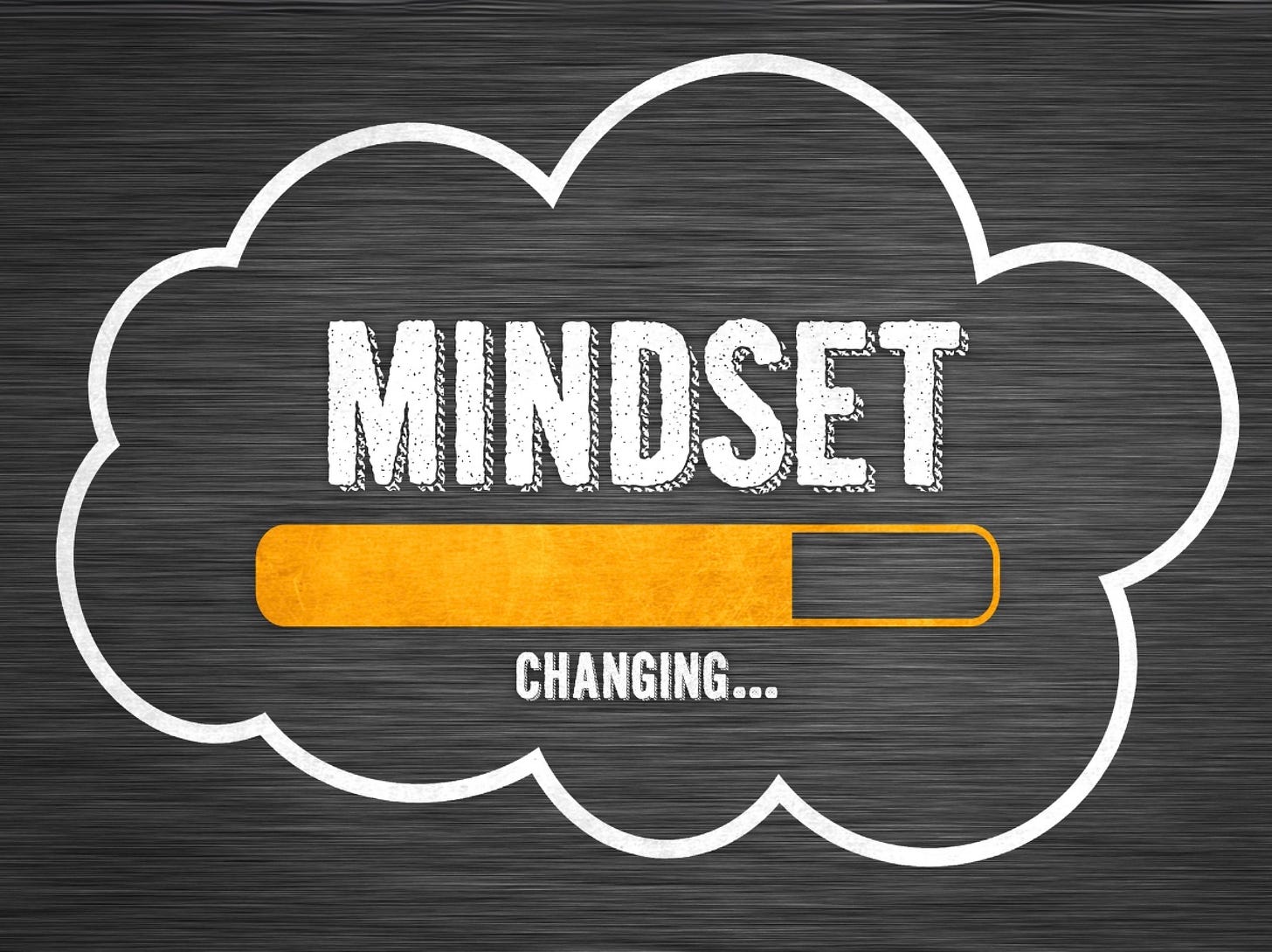Why Your Career and Strategy Are Stagnant, And How to Break the Cycle?
Struggling to get your product strategy approved? Discover why product managers face stagnation, common mistakes, and how to present ideas effectively to senior management. Adapt and grow!
In product management, few things are as frustrating as putting years of effort into building a strategy, refining a roadmap, and pitching ideas, only to see no progress.
It’s easy to blame external factors: market conditions, internal politics, or resistance from leadership.
But often, the real reason for stagnation isn’t outside, it’s within.
Career stagnation, just like a stalled product strategy, often stems from two overlooked barriers:
Lack of Awareness – Not realizing what’s blocking progress.
Ego & Resistance to Change – The unwillingness to adapt, accept feedback, and rethink the approach.
This cycle impacts not just individual growth but also the progress of the team and the organization. The key to breaking free? Closely observing successful peers, mentors, and leaders, understanding what decision-makers expect, and developing the ability to present ideas in a way that drives action.
Stagnation Isn’t Just a Lack of Effort, It’s a Lack of Self-Reflection
For many product managers, the real struggle is not the lack of ideas or effort, it’s the inability to translate effort into meaningful results. If you’ve been working on a strategy for years with no traction, it’s time for deep reflection.
Ask yourself:
Why aren’t my ideas gaining approval?
What patterns do I see in the feedback (or lack of it)?
What are successful peers doing differently?
Am I structuring my proposals in a way that aligns with what leadership needs?
Ignoring these questions leads to the same frustrating cycle: endless presentations, rejected proposals, and no movement forward.
And when this happens for years, it’s not just the strategy that’s stagnant, it’s your career.
The Reality: Senior Management Doesn't Reject Ideas, They Reject Poorly Framed Ideas
One of the biggest blind spots for product managers is assuming that if an idea is good, it will automatically be approved. The truth? Senior executives don’t just evaluate ideas based on their merits, they evaluate how well those ideas are framed, structured, and aligned with business goals.
Common Mistakes That Kill Product Strategy Approvals:
Overloading presentations with excessive text and data dumps.
Failing to connect the idea to business priorities.
Presenting scattered, unstructured information.
Not anticipating leadership’s key concerns and addressing them proactively.
Relying on past experience instead of evolving the approach.
This is where many product managers unknowingly hold themselves back.
Even after multiple attempts, if the strategy still doesn’t move forward, the issue is likely not the idea itself, it’s the way it’s being presented.
How to Structure a Winning Presentation for Senior Management
Start with a Clear, Impactful Opening:
Avoid lengthy intros. Begin with a compelling statement about the problem and the opportunity.
Tell a Story, Not Just Show Data:
Facts alone won’t convince. Frame your strategy in a way that emotionally and logically resonates with decision-makers.
Anticipate Questions & Objections:
Senior executives think in terms of risks, costs, and returns. Address these concerns upfront.
Remove the Noise:
Too many details weaken the message. Use visuals, but only when they serve a purpose.
Engage, Don’t Just Present:
Reading slides is not a strategy. A great presentation is a conversation, not a lecture.
The difference between a rejected proposal and an approved one isn’t just the content, it’s the way the content is structured, framed, and delivered.
Breaking Free: Adaptability Over Ego
One of the biggest roadblocks to growth, both personal and professional, is ego. Many product managers, especially those with experience, resist feedback, believing that they “know what they are doing.” But experience alone doesn’t guarantee results, evolution does.
Mindset That Leads to Stagnation:
“I’ve presented this multiple times before, I know what I’m doing.”
“I’ve worked hard on this, management just doesn’t get it.”
“I don’t need to change; they need to understand better.”
Mindset That Drives Growth:
“If my strategy isn’t getting traction, I need to rethink my approach.”
“What can I learn from those who are getting approvals?”
“Let me structure my information in a way that aligns with organization goals and leadership priorities.”
The most successful product managers are not just good at building products, they are great at influencing decisions.
And that comes from self-awareness, adaptability, and the willingness to change how ideas are communicated.
A Perspective Built on 17+ Years of Experience
This insight comes from my 17+ years in product management and product marketing, working at every level, from support functions to strategic planning and execution. Having collaborated with senior management across various organizations, I’ve successfully launched more than 30 new products to the global market.
Through this journey, I’ve had the opportunity to mentor product managers who have approached me for guidance on improving their careers, refining their strategies, and securing buy-in from leadership. What I’m sharing here is not just theory, it’s a compilation of real-world lessons that have worked for me and for those I’ve guided.
One recurring theme I’ve observed is that many product managers find themselves stuck, unable to move their strategies forward or progress in their careers. The reasons are often the same: lack of awareness of what’s blocking them, resistance to feedback, and ineffective communication with senior leadership.
The product managers who actively seek feedback, adapt, and refine their approach eventually break through. Those who resist change and assume “I know what I’m doing” often find themselves repeating the same mistakes for years, with little to no impact.
I’ve shared this because I genuinely believe that every product manager has the potential to grow, but only if they are willing to recognize their blind spots and evolve.
If this resonates with you, take a step back and assess:
Are you moving forward, or are you stuck? And if you’re stuck, what are you doing to change that?
Final Thought: Either Change or Remain Stagnant
If you’ve spent years on a strategy that isn’t moving forward, the hard truth is that something needs to change. Either evolve your approach or accept that the role may no longer be the right fit.
Organizations don’t just need people who work hard, they need people who can drive decisions. Growth isn’t about the number of presentations made; it’s about the number of approvals and actions secured.
The choice is simple: Adapt, learn, and grow, or continue to be stuck in the same cycle.










